Robotic Applications that can Benefit from Collision Detection
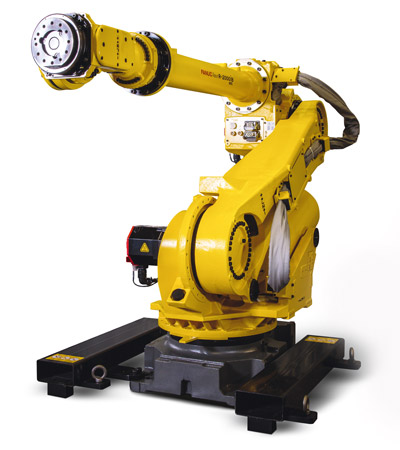
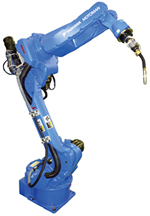
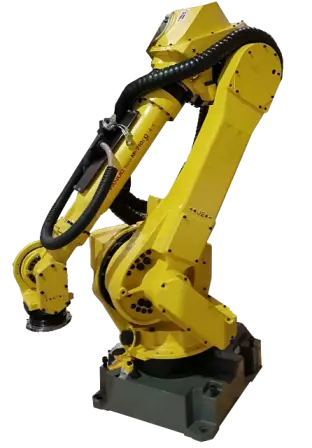
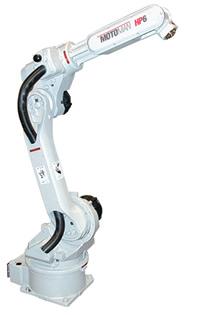
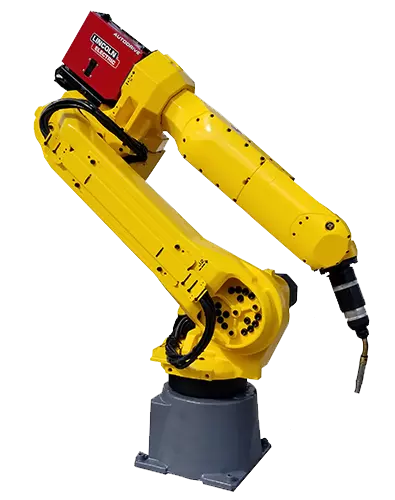
Collision detection is one of many options available for industrial robots. Adding collision detection to an industrial robot can enhance its operation while also improving the safety of your manufacturing facility. In addition, it can prevent wear and tear of the robot and end-effector.
Collision detection technology involves a combination of tactile sensors and software that work together to measure unusual pressure or changes in torque. This allows the articulated robot to recognize when an object is near or when it has made contact with an object. The robot will either slow down or stop operation altogether to avoid a collision. Collision detection can also help a robot absorb the shock of a collision, allowing it to quickly recover and return to normal operation.
Almost any robotic application can benefit from collision detection, although it is primarily recommended for automated material handling applications. Since material handling applications involve robots moving parts and operating with other equipment such as conveyors, collision detection can help avoid colliding or bumping into objects as the robot moves around. Collision detection can help the FANUC M-10ia place parts safely onto a conveyor by allowing it to sense when the conveyor is nearby. Material handling processes such as packaging, part transfer, palletizing, and pick and place can all benefit from collision detection.
While material handling applications are the most common for collision detection others can benefit as well including welding, assembly, material removal, and machine tending. Using collision detection for robotic arc welding can help the Motoman MA1440 avoid any objects nearby, especially if welding in a confined space. Assembly applications involve putting parts together and working with or around other equipment. Collision detection ensures the robot can safely operate with or around other equipment. Machine tending applications involve six axis robots operating fixed machinery. This may involve loading and unloading parts from machines. Robots can easily bump or collide with machinery while tending, but collision detection can help avoid these for smoother operation.
In addition to the robotic applications listed above, application scenarios that involve multiple robots or narrow workspaces can benefit from a robot or robots integrated with collision detection. If you have a workcell or a production line involving multiple robots, collision detection will help them avoid each other. With collision detection robots can operate in close proximity to one another without interference. Avoiding collisions prevents unexpected stoppages or disruptions, keeping productions flowing. The same goes for robots operating in narrow workspaces. With narrow workspaces interference from collisions can easily occur with surrounding objects. A FANUC LR Mate 200id integrated with collision detection will be able to effectively navigate a narrow workspace by sensing and avoiding any objects in the surrounding area.
Not only is the robot’s operation enhanced for more successful applications, but collision detection also prevents the robot from becoming damaged itself. Preventing collisions or bumps with objects minimizes damage that can occur to the robot or EOAT. This saves money in the long run by helping avoid premature wear and tear. In addition, collision detection provides a safer work environment for employees. This is why it comes standard with collaborative robots that operate in close proximity to people.